Terms - B
B
B double flat
B double sharp
B flat
B sharp
B. Cl.
B. guit.
B.N.
Bab Ballad
baby grand piano
bacchanal
Bach-Werke-Verzeichnis
backbeat
backfall
bagatelle
bagpipe
balalaika
Balken
ballad
ballad opera
ballade
Ballata
ballet
ballo
ban
band
band, big
band, brass
band, concert
band, dance
band, jazz
band, marching
band, military
band, rock
band, swing
band, symphonic
bandiera
bandmaster
bandoneon
bandora
bangdi
bangu
bangzi
banhu
banjo
bar
bar chimes
bar. sax
Barbershop Harmony Society
barbershop music
barbershop quartet
barbershop seventh chord
barcarola
barcarole
barcarolle
barcaruola
bari
bari sax
Bariton
baritone
baritone clef
baritone horn
baritone sax
baritone saxophone
baritono
Baritonsaxophon
Baritonschlüssel
barline
Baroque
Baroque alto recorder
Baroque dance suite
barra
barre
barrel
barrelhouse
Bartók pizz
barydon
baryton
barzelletta
bas
Basie blues
bass
bass bar
bass clarinet
bass clef
bass drum
bass fiddle
bass flute
bass guitar
bass line
bass ophicleide
bass recorder
bass sax
bass saxophone
bass trombone
bass viol
bass, string
bassa
basse à pistons
basse dance
basset clarinet
basset horn
Bassetthorn
Bassklarinette
basso
basso cantante
basso continuo
basso profundo
basson
bassoon
bassoon à serpentine
Basssaxophon
Bassschlüssel
bassus
batería
baton
batteria
batterie
battuta
bawu
Bc
BCE
Be
bead
beak
beam
beat
beat, accented
beater
beaucoup
bebop
bécarre
Becken
Beckflöte
becuadro
Before the Common Era
begleitend
bel canto
belebend
bell
bell lyra
bell lyre
bell tree
bellow shake
bellows
bellows normal
belly
bémol
bemol
bemolle
ben
bene
Benedictus
Beneventian rite
bent pitch
bequadro
berceuse
bergamasca
bergomask
beruhigend
bestimmt
bewegt
bewegter
bewegung
bianca
bianqing
bianzhong
biedermeier
bien
big band
bike pump whistle
binary form
binary measure
Bindebogen
binden
bindend
Bindung
Bindungszeichen
biniou
bird whistle
bird's eye
birimbao
bis
bis zum Ende
bisbigliando
bischero
biscroma
Bj.
black keys
blanca
blanche
Blasinstrument
bloc de bois
blochetto
Blockflöte
blue note
bluegrass
blues
blues scale
Bn.
boat whistle
boatswain's flute
boatswain's pipe
boatswain's whistle
bocal
bocchino
body
Bogen
bois
bolero
Bombard
bombarde
bombardino
bombardo
Bombardon
bongo drums
bongos
boogie-woogie
bop
bore
borrowed division
boss
bossa-nova
bosun's pipe
bouché
bounce
bourdon
bourrée
bouzouki
bow
bowed stringed instrument
bowing
Br.
brace
bracket
branle
bransle
brass band
brass choir
brass instruments
brass quartet
brass quintet
Bratsche
bravo
bravura
brawl
breadth
break
break strain
break-up strain
breakdown
breath mark
breathing
breit
Breite
breve
breve rest
brevis
bridge
brillante
brindisi
brio
brioso
brise
Broadway musical
broderies
broken chord
broken consort
broken octaves
Brummeisen
brushes
Bssn.
buffo
bugle
bugle call
buisine
bull fiddle
bull-roarer
Bund
burden
Burgundian chanson
Burgundian School
burlesque
busker
but
butt
button
buzz pizzicato
buzz roll
BWV
Byzantine rite
bangu
[Chinese]
Western Equivalent – drum
HISTORY: The bangu is one of the drums produced in the Shang Dynasty. In the Shang Dynasty (1562~1066 BCE), more than fifty percent of the instruments at that time were percussion instruments. Today the bangu is an important part of Chinese theater, folk music, opera, and chamber ensembles. In traditional theater the drummer acts as conductor and plays both bangu and ban.
PHYSICAL DESCRIPTION: The bangu is a small drum with a single head that measures about 10 inches (25 cm) in diameter. The frame is made of thick wedges of hard wood about 3 inches (7.5cm) thick, and glued together forming a circle with a metal band holding the frame together. The membrane head is typically made of pig skin or cow-hide and struck with two bamboo sticks. The actual striking area is a small convex central circular opening (about 5 or 6 cm in diameter), which is called the Guxin (drum heart). The size of this opening can be created larger or smaller depending upon the sounds required. The instrument is placed horizontally on cords which secure the drum loosely to a stand with three or four legs.
SOUND PROPERTIES: Bangu produces a piercing tone creating the sharp dry sound expected in the music of Chinese opera. The Guxin (drum heart) is typically smaller in the northern part of China creating a solid tone quality, while the southern ensembles use a larger striking area for a loose and soft tone.
RANGE: Since the bangu is an untuned percussion instrument, the instrument creates no discernible pitches, just a variety of sounds.
Share
Tweet
Last Updated: 2013-04-25 02:15:02

